News
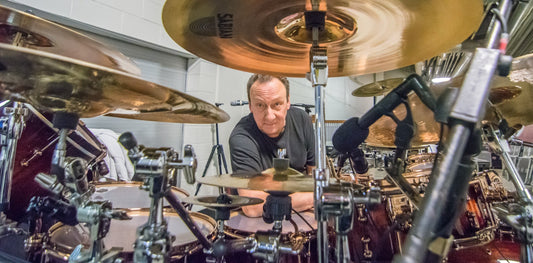
In Loving Memory of the Consummate Drum Tech, P...
Styx drummer Todd Sucherman shares his fondest memories of his longtime drum tech Paul Carrizzo, who passed away last week at age 68.
In Loving Memory of the Consummate Drum Tech, P...
Styx drummer Todd Sucherman shares his fondest memories of his longtime drum tech Paul Carrizzo, who passed away last week at age 68.
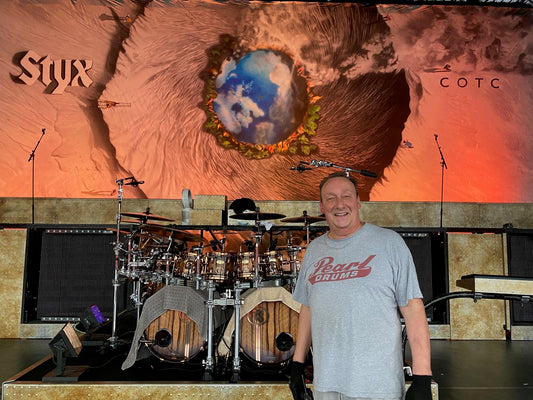
Paul Carrizzo, 1953-2022
In loving memory of longtime Styx drum tech Paul "Paulie" Carrizzo, who passed away at age 68 on March 16.
Paul Carrizzo, 1953-2022
In loving memory of longtime Styx drum tech Paul "Paulie" Carrizzo, who passed away at age 68 on March 16.
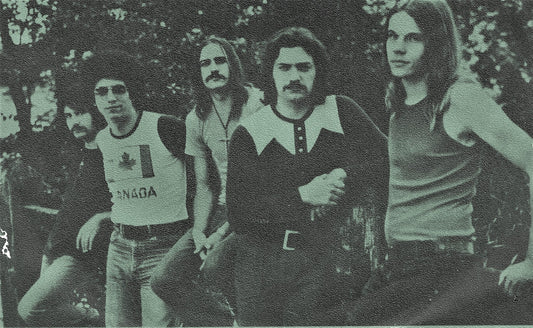
50 Years Ago Today, Styx Sign Their First Recor...
50 years ago today, Styx signed their very first recording contract with Wooden Nickel Records on February 22, 1972. To properly celebrate such a momentous, golden milestone in the history...
50 Years Ago Today, Styx Sign Their First Recor...
50 years ago today, Styx signed their very first recording contract with Wooden Nickel Records on February 22, 1972. To properly celebrate such a momentous, golden milestone in the history...
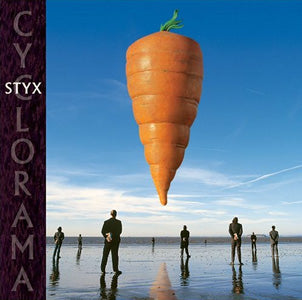
Cyclorama Turns 19 Today!
Cyclorama, Styx’s 14th studio album and their first full-length collection of all-original material of the 2000s, was released 19 years ago today on February 18, 2003. In a Styxworld exclusive, guitarist/vocalist...
Cyclorama Turns 19 Today!
Cyclorama, Styx’s 14th studio album and their first full-length collection of all-original material of the 2000s, was released 19 years ago today on February 18, 2003. In a Styxworld exclusive, guitarist/vocalist...
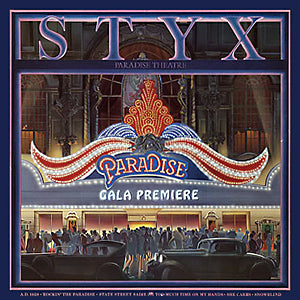
Paradise Theatre Turns 41 Today!
41 years ago today, Styx released their tenth studio album, Paradise Theatre, on A&M Records on January 19, 1981. In a Styxworld exclusive, guitarist/vocalist Tommy Shaw, co-founding guitarist/vocalist James “JY” Young, and...
Paradise Theatre Turns 41 Today!
41 years ago today, Styx released their tenth studio album, Paradise Theatre, on A&M Records on January 19, 1981. In a Styxworld exclusive, guitarist/vocalist Tommy Shaw, co-founding guitarist/vocalist James “JY” Young, and...
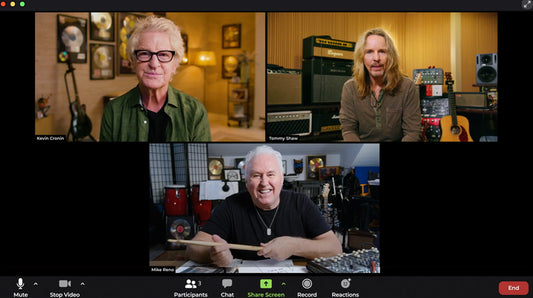
LIVE & UNZOOMED TOUR 2022 - STYX, REO SPEEDWAGO...
Fan Club and VIP Presale begins Monday, 12/6/21 at 10am local time.It’s been four years since legendary rockers REO Speedwagon and Styx joined forces for a summer co-headlining tour. While the world has changed...
LIVE & UNZOOMED TOUR 2022 - STYX, REO SPEEDWAGO...
Fan Club and VIP Presale begins Monday, 12/6/21 at 10am local time.It’s been four years since legendary rockers REO Speedwagon and Styx joined forces for a summer co-headlining tour. While the world has changed...

